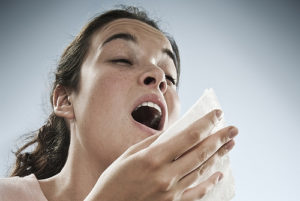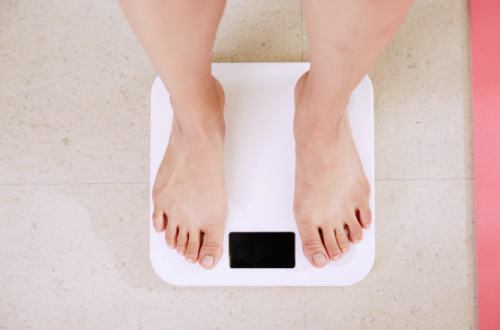
3 Things That Lead to Unhealthy Air
Unhealthy Air. We are surrounded by pollution indoors and outdoors. The moment we step outside, go for a jog, travel in the car, and eventually walk into the office, we are affected by the air we breathe.

3 Things That Lead to Unhealthy Air
Indoor air pollutants
They lead to unhealthy air and can cause multiple health problems. Research shows that people spend 90 percent of their time indoors surrounded by pollutants. Three common contributors leading to unhealthy air are biological agents, VOCs, and pollen. The following guide offers an overview of how they can affect your health, where they’re most often found, and how you can successfully get them out of your home or prevent them from coming inside. Although the symptoms are similar to the common cold and viruses, they can lead to health problems that you don’t want to ignore.
Biological Agents
Image from Flickr by tinafranklindg
The Institute of Medicine (IOM) found sufficient evidence to link indoor exposure to biological agents with upper respiratory tract symptoms in otherwise healthy individuals. Biological agents can be found in high humidity places such as bathrooms, kitchens, carpets, furniture, poorly maintained humidifiers and air conditioners, wet or moist walls, bedding, and household pets.
Symptoms of exposure include the following
- Dryness and irritation of the eyes, nose, throat, and skin
- A headache
- Fatigue
- Shortness of breath
- Hypersensitivity and allergies
- Sinus congestion
- Coughing and sneezing
- Dizziness
- Nausea
VOCs aka Organic Gases
Have you ever heard about VOCs? These gases are emitted from common household products such as aerosol sprays, hair sprays, artificial scents in air fresheners, household cleaners, paint, hobby supplies, and wood preservatives.
Symptoms of VOC exposure include the following:
- Eye, nose, and throat irritation
- Headaches
- Loss of coordination
- Nausea
- Damage to the liver, kidney, and central nervous system
Pollen
Pollen consists of microscopic grains from plants which are used by plants to reproduce. It travels by wind and can easily sneak inside by having windows open or allowing pollen attached to our clothes to come into the house with us. Common types of grass, plants, weeds, and trees can cause allergic reactions resulting in nose irritation and constant sneezing.
Symptoms of exposure to pollen include the following:
- Allergies
- Coughing
- Itchy throat
- Upper respiratory infection
- Asthma
Solutions for Improving Unhealthy Indoor Air Quality
To improve indoor air quality, you need to get control of pollution sources, improve ventilation, and use effective air cleaners. Below are some additional ways to improve your home’s indoor air quality:
- Install fans vented to the outdoors in kitchens and bathrooms.
- Clean and remove water-damaged carpets.
- Close containers that emit VOCs such as paint and adhesives.
- Properly dispose of any unused containers that hold products containing VOCs.
- Keep windows closed when using air conditioning to help limit the entry of pollen into the home.
- Repair cracks and holes in indoor structures.
- Schedule HVAC system maintenance with a qualified technician and frequently change the air filters in your system.
Awareness is key when combating air pollutants. The longer you are exposed to unhealthy air, the more susceptible you may be to health effects. Lower your risk by implementing the solutions offered above. For additional assistance, contact your physician or local public health department.




